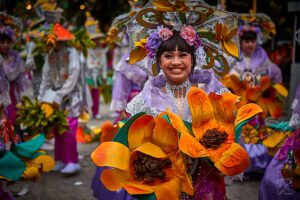
Halamanan Festival: A Blooming Celebration in Guiguinto, Bulacan
Halamanan Festival is a celebration that takes place every January 23rd in Guiguinto, Bulacan, the Garden Capital of the Philippines, celebrating the beauty of the
In the charming town of Plaridel in Bulacan Province, two historic landmarks stand as enduring symbols of the area’s rich past: the renowned Spanish church and the lesser-known Simborio Chapel. Despite its significance, the Simborio Chapel, also known as the Dome Chapel, remains shrouded in mystery for many.

Constructed in the 1800s in what was once called Quingua, the Simborio Chapel was originally established as a mortuary within a cemetery. Over the years, the surrounding area has evolved into a residential neighborhood, leaving the chapel as the last surviving Spanish structure in the vicinity. Its unique octagonal shape and striking dome, adorned with artistic windows, set it apart from typical architectural designs, reminiscent of a church bell tower. The use of adobe bricks in its construction brings to mind the famed Cagsawa Church in the Bicol region.
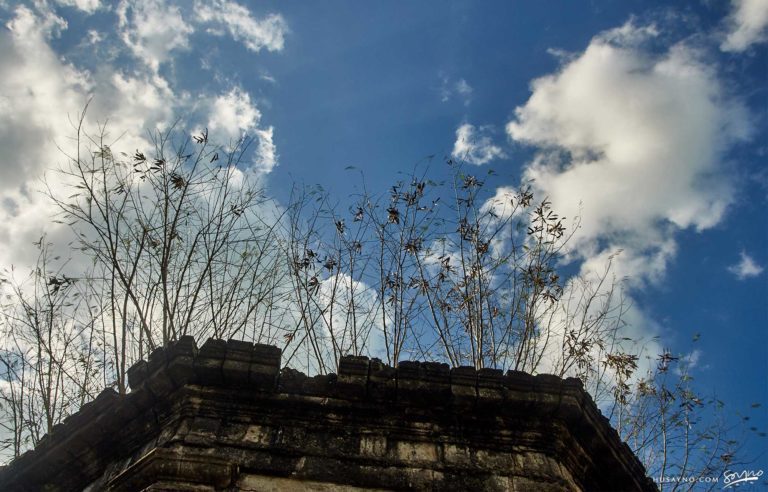
Inside the chapel, small niches are visible, believed to have been used for the burial of infants who passed away before baptism. Such mortuary chapels traditionally served as temporary resting places before the final burial.
![Simborio Plaridel Bulacan 20 [Group 11]-Simborio Plaridel Bulacan DSC_0653 Feb 20 2016_Simborio Plaridel Bulacan DSC_0665 Feb 20 2016-13 images_0000](https://www.beautyofthephilippines.com/wp-content/uploads/2016/02/Simborio-Plaridel-Bulacan-20-Group-11-Simborio-Plaridel-Bulacan-DSC_0653-Feb-20-2016_Simborio-Plaridel-Bulacan-DSC_0665-Feb-20-2016-13-images_0000-768x1106.jpg)
![Simborio Plaridel Bulacan 20 [Group 9]-Simborio Plaridel Bulacan DSC_0629 Feb 20 2016_Simborio Plaridel Bulacan DSC_0633 Feb 20 2016-5 images_0000 copy](https://www.beautyofthephilippines.com/wp-content/uploads/2016/02/Simborio-Plaridel-Bulacan-20-Group-9-Simborio-Plaridel-Bulacan-DSC_0629-Feb-20-2016_Simborio-Plaridel-Bulacan-DSC_0633-Feb-20-2016-5-images_0000-copy.jpg)
During the American occupation, operations at the cemetery were halted due to disease prevention measures, as it was believed that diseases from the buried individuals could contaminate the town’s water supply. Over time, the area fell into neglect, with some tombs being relocated and the chapel itself becoming a forgotten relic. Local legends even tell of treasure hunters exploring beneath the chapel, convinced of hidden riches and rumored tunnels connecting it to the nearby parish church.
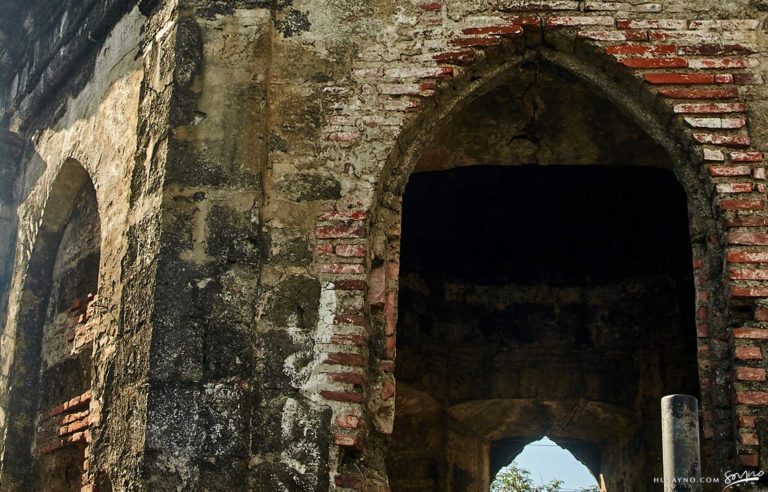
![Simborio-Plaridel-Bulacan-20-[Group-1]-Simborio-Plaridel-Bulacan-7-DSC_0614-Feb-20-2016](https://www.beautyofthephilippines.com/wp-content/uploads/2018/02/Simborio-Plaridel-Bulacan-20-Group-1-Simborio-Plaridel-Bulacan-7-DSC_0614-Feb-20-2016-768x569.jpg)
Today, while the historical significance of the Simborio Chapel remains known primarily to local residents, efforts are underway to revive its presence. Despite facing vandalism, local authorities are dedicated to restoring the chapel and fostering a welcoming environment for both locals and visitors, ensuring that this remarkable piece of history is preserved for future generations.
![Simborio Plaridel Bulacan 20 [Group 2]-Simboro Plaridel Bulacan 3 DSC_0588 Feb 20 2016 copy](https://www.beautyofthephilippines.com/wp-content/uploads/2016/02/Simborio-Plaridel-Bulacan-20-Group-2-Simboro-Plaridel-Bulacan-3-DSC_0588-Feb-20-2016-copy-768x1433.jpg)
![Simborio Plaridel Bulacan 20 [Group 0]-Simboro Plaridel Bulacan DSC_0577 Feb 20 2016b copy](https://www.beautyofthephilippines.com/wp-content/uploads/2016/02/Simborio-Plaridel-Bulacan-20-Group-0-Simboro-Plaridel-Bulacan-DSC_0577-Feb-20-2016b-copy-768x1372.jpg)



![Simborio Plaridel Bulacan 20 [Group 15]-Simborio Plaridel Bulacan DSC_0695 Feb 20 2016_Simborio Plaridel Bulacan DSC_0698 Feb 20 2016-4 images_0000](https://www.beautyofthephilippines.com/wp-content/uploads/2016/02/Simborio-Plaridel-Bulacan-20-Group-15-Simborio-Plaridel-Bulacan-DSC_0695-Feb-20-2016_Simborio-Plaridel-Bulacan-DSC_0698-Feb-20-2016-4-images_0000-768x1139.jpg)
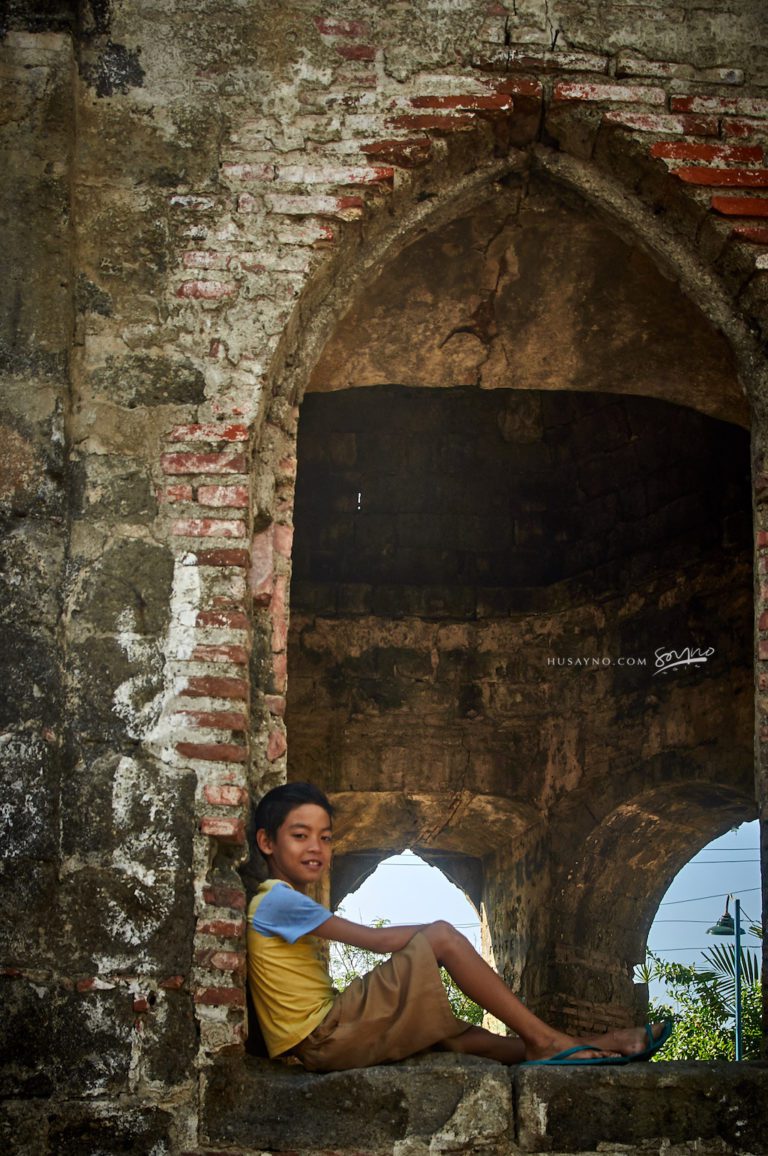

RELATED STORIES

Halamanan Festival is a celebration that takes place every January 23rd in Guiguinto, Bulacan, the Garden Capital of the Philippines, celebrating the beauty of the
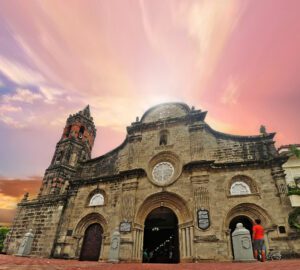
As it is commonly known, the Barasoain Church, one of the most historic religious buildings in the Philippines, and the site of the first Philippine
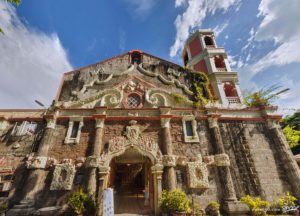
Calumpit Church or St. John’s Church has been recognized as the oldest church in Bulacan Province and the first site of Augustinian evangelisation in the
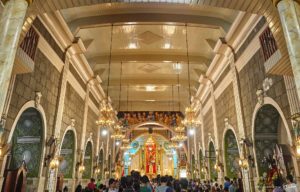
In the Diocese of Malolos, the Saint Francis of Assisi Parish Church or better known as Meycauayan Church, is the largest parish in Bulacan, and
![Simborio Plaridel Bulacan 20 [Group 12]-Simborio Plaridel Bulacan DSC_0674 Feb 20 2016_Simborio Plaridel Bulacan DSC_0677 Feb 20 2016-4 images_0000](https://www.beautyofthephilippines.com/wp-content/uploads/2016/02/Simborio-Plaridel-Bulacan-20-Group-12-Simborio-Plaridel-Bulacan-DSC_0674-Feb-20-2016_Simborio-Plaridel-Bulacan-DSC_0677-Feb-20-2016-4-images_0000-768x1323.jpg)
![Simborio Plaridel Bulacan 20 [Group 13]-Simborio Plaridel Bulacan DSC_0678 Feb 20 2016_Simborio Plaridel Bulacan DSC_0681 Feb 20 2016-4 images_0000](https://www.beautyofthephilippines.com/wp-content/uploads/2016/02/Simborio-Plaridel-Bulacan-20-Group-13-Simborio-Plaridel-Bulacan-DSC_0678-Feb-20-2016_Simborio-Plaridel-Bulacan-DSC_0681-Feb-20-2016-4-images_0000-768x606.jpg)
I’m looking forward to the stories and images leaving a lasting positive impression on you, just as they have on me. Stay connected with us on social media for a weekly exploration of travel assignments and breathtaking visuals. Our focus is on championing local tourism, showcasing small businesses, and honoring the magnificence of the Philippines through the content we curate. Join us in spreading the word by clicking the ‘share’ buttons below. Your support means the world to us.
EXPLORE MORE about

As it is commonly known, the Barasoain Church, one of the most historic religious buildings in the Philippines, and the site of the first Philippine

Calumpit Church or St. John’s Church has been recognized as the oldest church in Bulacan Province and the first site of Augustinian evangelisation in the

In the Diocese of Malolos, the Saint Francis of Assisi Parish Church or better known as Meycauayan Church, is the largest parish in Bulacan, and

Halamanan Festival is a celebration that takes place every January 23rd in Guiguinto, Bulacan, the Garden Capital of the Philippines, celebrating the beauty of the
BROWSE BY CATEGORIES